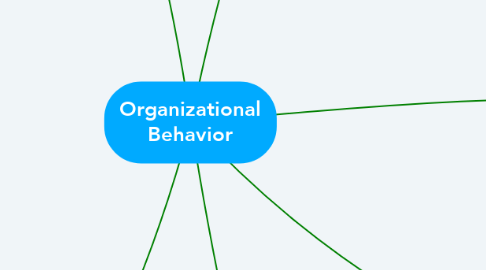
1. Good to Great
1.1. Level 5 Leadership
1.1.1. Strong Ego
1.1.2. Referent/Formal Power
1.1.3. Naive Player
1.2. Hedgehog Concept
1.2.1. World's Best
1.2.2. Passion
1.2.3. Economic Engine
1.3. First Who, Then What
1.3.1. Level 5 Leader
1.3.2. Right People
1.3.3. Right Seat
1.3.4. Best Path to Greatness
1.4. Culture of Discipline
1.4.1. Professional Will
1.4.2. Personal Humility
2. House of Lean
2.1. Demings 14 Points of Quality
2.2. Seven Deadly Diseases
2.2.1. Transportation
2.2.2. Inventory
2.2.3. Motion
2.2.4. Waiting
2.2.5. Over Production
2.2.6. Over Processing
2.2.7. Damage
2.2.8. Wasted Human Potential
2.2.9. Unnecessary Product/Service
2.3. Change Curve
2.3.1. Status Quo/Denial
2.3.2. Chaos/Depression
2.3.3. Exploration/Hope
2.3.4. Rebuilding/Commitment
2.4. Value Ratio
2.4.1. Five Equations
2.5. Strategic Management Process
2.5.1. Intended Strategy
2.5.2. Realized Strategy
2.5.3. Emergent Strategy
2.5.4. Unrealized Strategy
3. Porter's Five Forces of Industry Competition
3.1. Industry Competitors
3.1.1. Potential Entrants
3.1.2. Suppliers
3.1.3. Buyers
3.1.4. Substitutes
4. Iceberg
4.1. Logic
4.1.1. 10-15% of business decisions
4.2. Culture
4.2.1. Values
4.2.2. Visual Assessment
4.2.3. Vail
4.3. Power
4.3.1. Two most important
4.3.1.1. Referent
4.3.1.2. Legitamate
4.4. Politics
4.4.1. Negative Player (+/-)
4.4.2. Positive Player (+/+)
4.4.3. Naive Player (-/+)
4.4.4. Losers (-/-)
4.5. Group Dynamics
4.5.1. Forming
4.5.2. Storming
4.5.3. Norming
4.5.4. Performing
4.6. Ego
4.6.1. Big
4.6.2. Strong
4.6.2.1. Level 5 Leadership
4.6.3. Big/Strong
4.6.4. Strong/Big
5. SIPOC
5.1. Suppliers
5.2. Input
5.3. Process
5.3.1. Deming's Chain Reaction
5.3.1.1. Three Types of Work
5.3.1.1.1. Value Added
5.3.1.1.2. Non-value added Required
5.3.1.1.3. Non-value added waste
5.3.2. Metrics
5.3.2.1. What gets measured gets done
5.3.2.2. Special Causes Variation
5.3.2.2.1. Six Sigma Business
5.3.2.3. Leading vs. Lagging
5.3.2.3.1. Leading = Process/Supply
5.3.2.3.2. Lagging = Output
5.4. Output
5.5. Customers
6. Six Functional Areas of Business
6.1. Organizational Assessment
6.1.1. Coveys 2x2
6.1.1.1. Finance (CEO)
6.1.1.1.1. Balance Sheet
6.1.1.1.2. Profit
6.1.1.1.3. Cash Flow
6.1.1.2. Operations (COO)
6.1.1.3. Marketing (CMO)
6.1.1.4. Human Resources
6.1.1.5. Information Technology
6.1.1.6. Supply Chain

